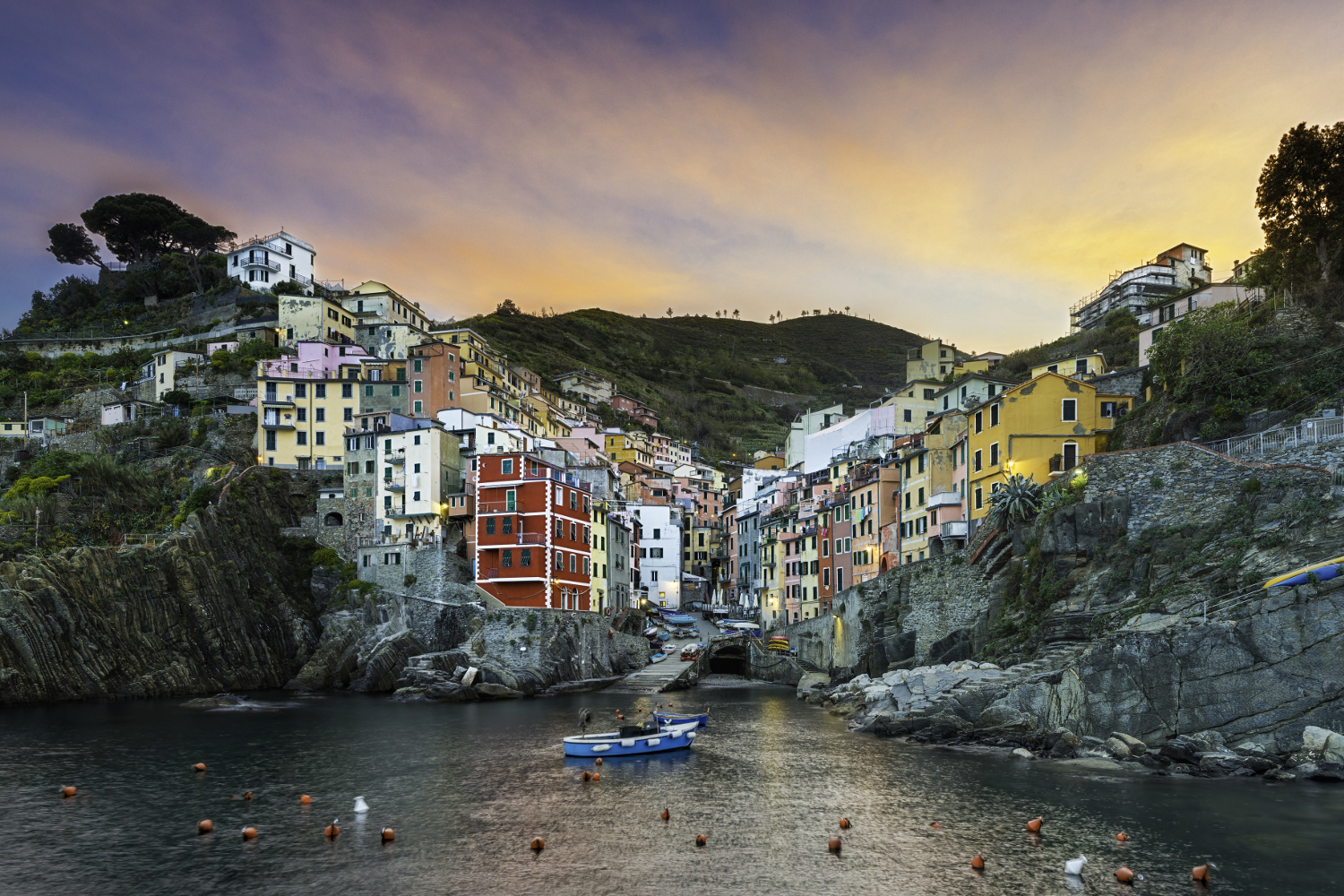
Tucked away in a particularly mountainous kink of the Italian Riviera, the Cinque Terre villages were shaped by their profound isolation. Today the villages’ exquisite ruggedness still presents a few challenges for accessibility.
Although all the villages can be reached by car, you’ll need nerves of steel for the narrow, twisting cliff-edge roads and deep pockets to pay for parking. If you’re travelling with a car, leaving it in nearby La Spezia is a smart move – there are secure parking facilities at the train station.
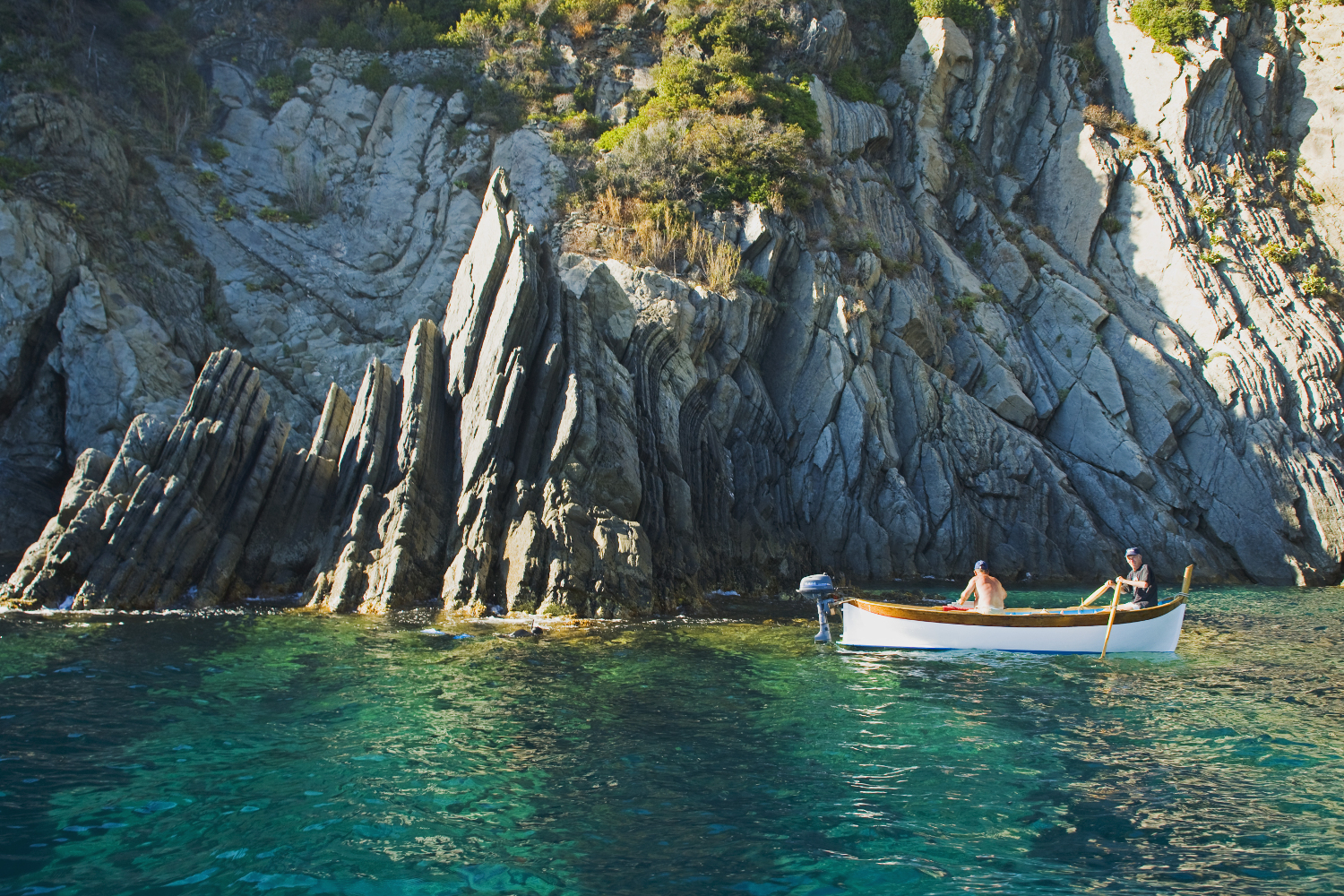
The easiest way to reach and travel between the villages is by train. A train line connects all five villages directly with Genoa, Pisa and Rome. The good-value Cinque Terre Pass (parconazionale5terre.it) covers all train travel between Levanto and La Spezia, as well as hiking fees.
Arriving by sea is also an option. From Easter to September, ferries run from Genoa, Portofino and Porto Venere. And if you want to make a glamorous entrance you can even hire a yacht from one of those ports.
The Cinque Terre is a destination with timeless appeal, and it’s impossible to do it justice in a day trip. It really is the kind of place that rewards taking it slow, whether you’re kicking back at a waterfront table in Vernazza, glass of wine in hand, or listening to birdsong and resting your weary legs at an ancient sanctuary on a clifftop high above.
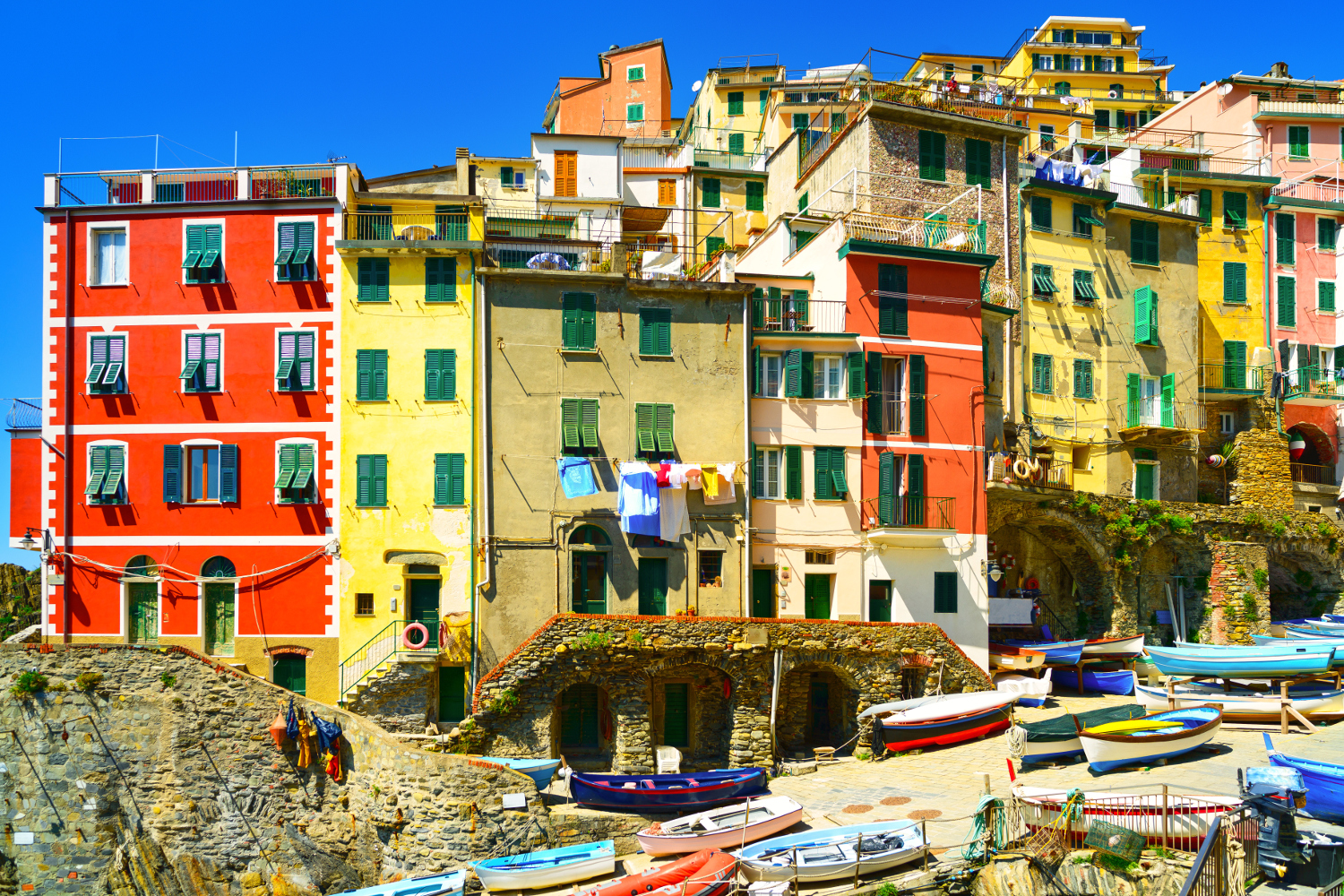
Allowing three to four days will give you enough time to visit all five villages, get to know the intricate twists and turns of at least one village centre, and enjoy a couple of half-day hikes. If time is tight, even a single overnight stay will expose you to the villages’ gentler rhythms at dawn, dusk and midnight.
Accommodation in the Cinque Terre is expensive, oversubscribed and often unremarkable, so it pays to seek out something special and book well in advance.
If you’re on a budget, great options include ultra-stylish but authentic La Mala (lamala.it) in Vernazza, charming beachfront Hotel La Spiaggia in Monterosso, recently refurbished Hotel Marina Piccola or super-cheap Ostello 5 Terre, both in Manarola. And if you’re looking for somewhere special, La Torretta Charme & Relax has extraordinary views, 5-star service and luxurious, lavishly decorated rooms.
If you do decide to day-trip, big but easy-going La Spezia is far closer than Genoa or Pisa, with just a seven-minute ‘commute’ to the closest village, Riomaggiore, and around 15-25 minutes to the furthest, Monterosso. Returning at night to La Spezia’s lively bars and cheap and plentiful plates of focaccia, pesto pasta and seafood is far from a chore.
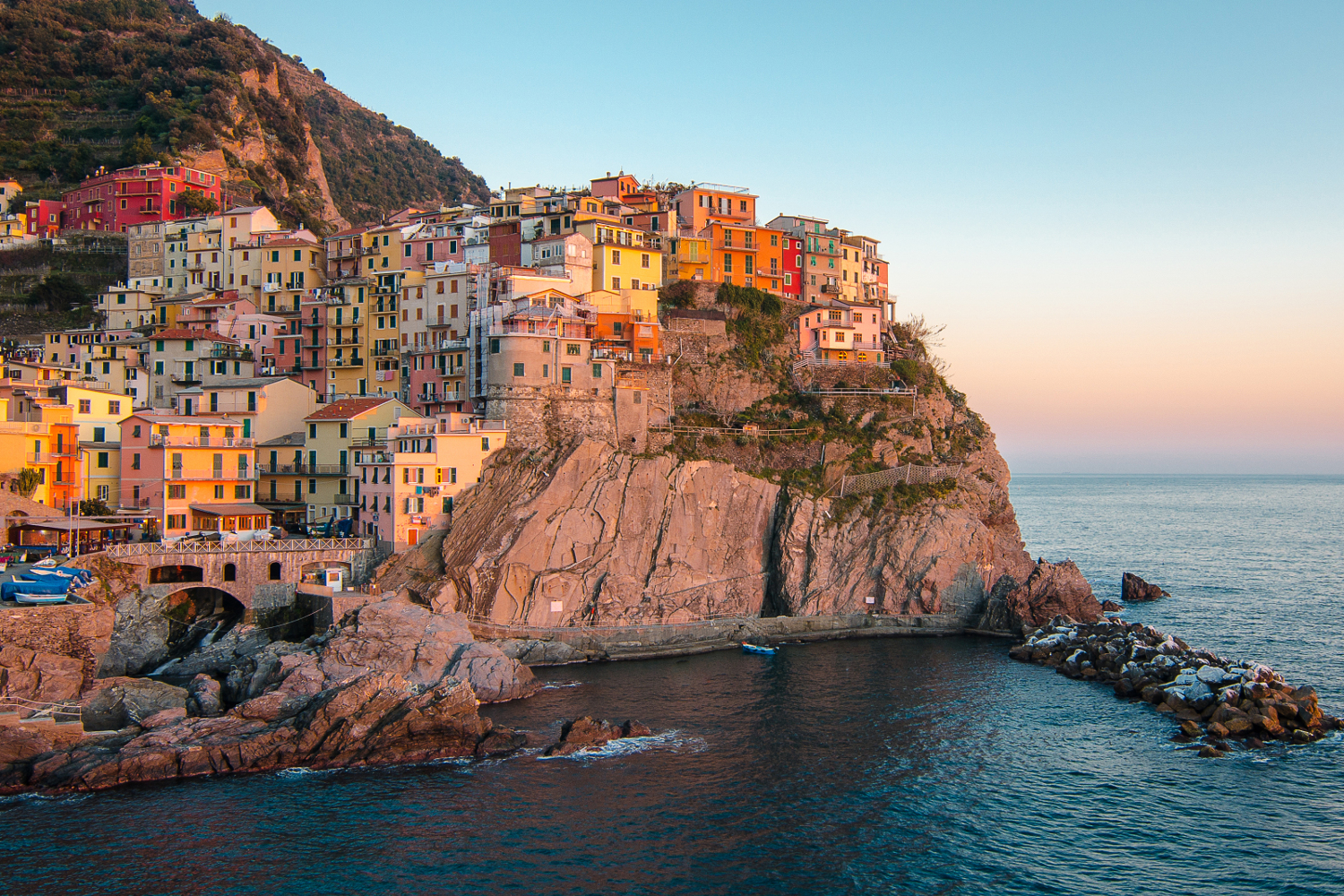
Riomaggiore
Easternmost Riomaggiore is the largest of all five villages and acts as the Cinque Terre’s unofficial capital. Peeling buildings line up down a steep ravine to a tiny harbor. Their pastel glow at sunset, best appreciated from the sea, is one of the Cinque Terre’s most romantic sights. A botanical garden and bird watching centre sits on a rocky promontory up the hill from its pebbly beach.
Manarola
The grapevines that surround Manarola produce the Cinque Terre wine, Sciacchetrà. The bustling main street and waterfront promenade are still lined with fishing boats and other such reminders of everyday village life. Punta Bonfiglio, a short uphill hike, has fabulous views and a playground with a bar (or a bar with a playground, depending on your priorities).
Corniglia
Sitting atop a 100m-high rocky promontory surrounded by vineyards, Corniglia is the only village that lacks direct access to the sea, although steep steps wind from a rocky cove and its waterfront train station far below. Its tranquil, tangled streets lead to a broad and breezy sea-facing terrace, the only vantage point from where you can clock (and photograph) all five villages at once.
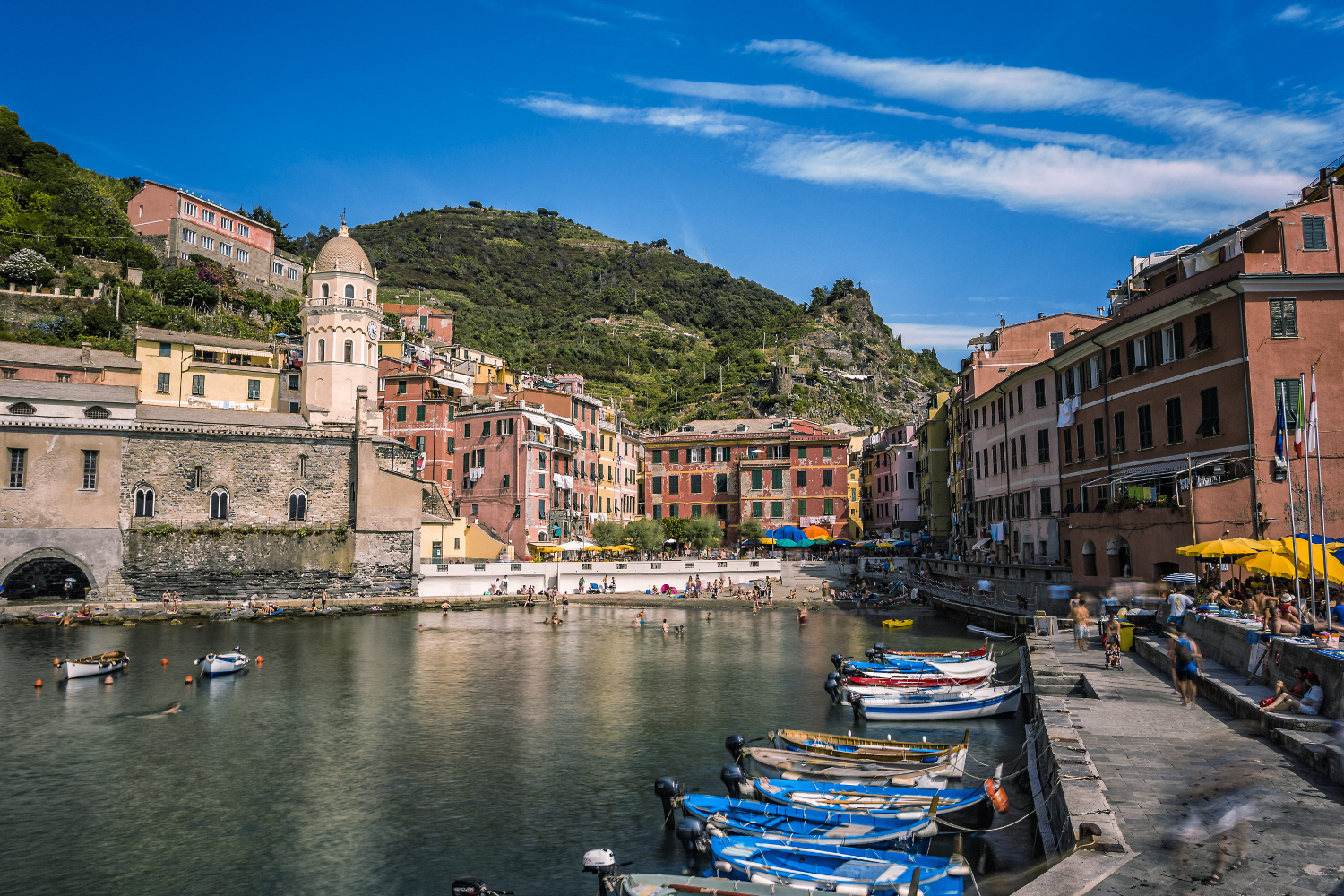
Vernazza
Vernazza’s small harbour – the Cinque Terre’s only secure landing place – has long been its raison d’etre, but it is Piazza Marconi with its sea-facing amphitheater of pastel houses that brings on the sighs. The village’s trademark caruggi (narrow lanes) rise almost vertically from here, a maze of stairs and tiny terraces, with big blue sea views popping at every turn.
Monterosso
Monterosso only rates as ‘swoon-worthy’ until you catch sight of the competition around the corner, but it’s the only village that has a proper strip of beach. Known for its lemon trees and plump anchovies served right off the boat, it’s the furthest west of the villages and the most easily accessible by car.
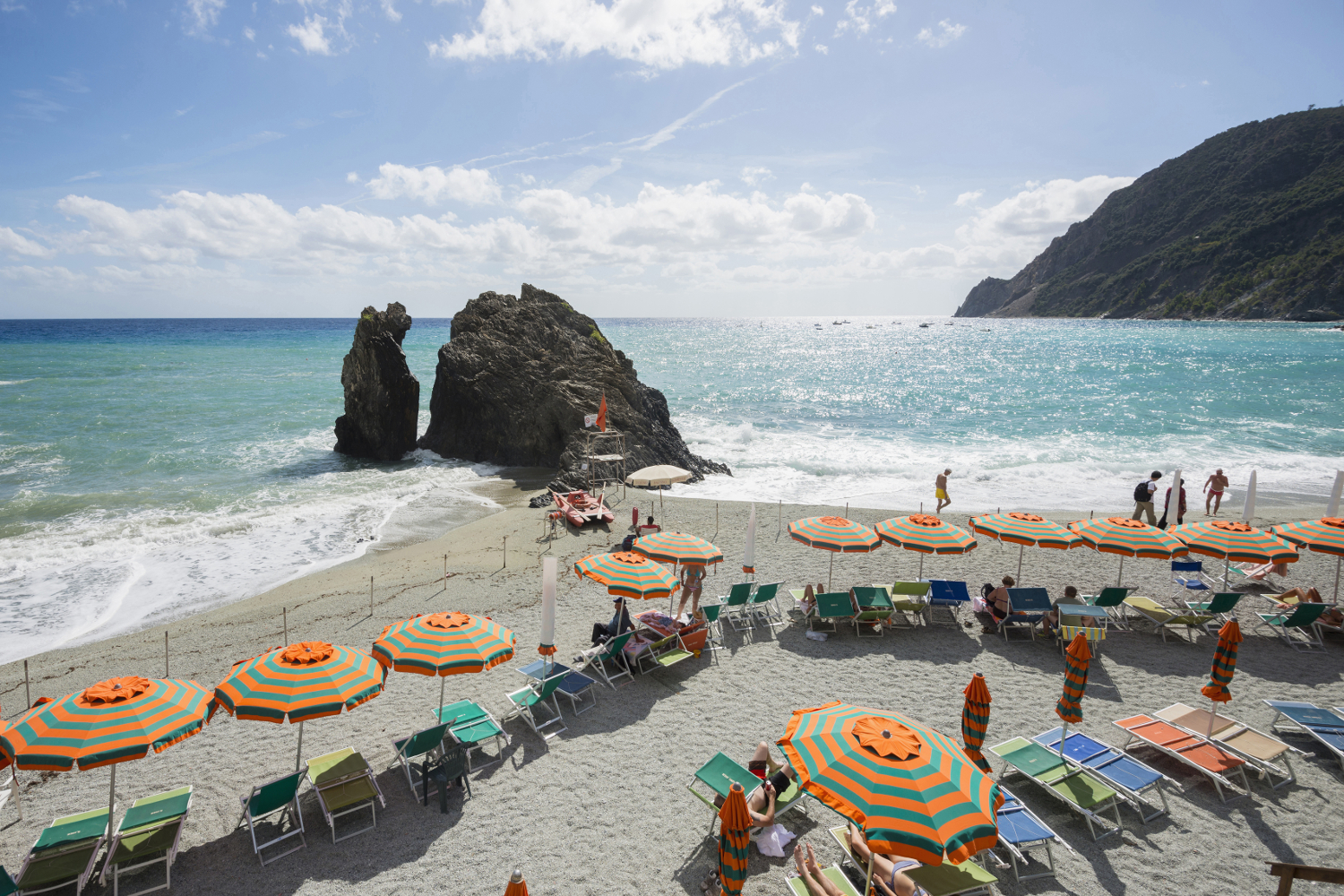
For centuries walking trails were the only way to travel between the villages of the Cinque Terre and often provided the only link to the outside world. Walking here is done in the constant company of the sea, but also offers wonderful glimpses of unique terraced farms and coastal forests.
Many trails have been in a delicate state since the 2011 floods, and all are prone to periodic or permanent closure. Always check with the Cinque Terre National Park office (parconazionale5terre.it) before you set out. Between May and September, park guides host daily guided walks.
The Sentiero Azzurro
Also known as the Blue Trail and marked No 2 on maps, this 12km old mule path is the Cinque Terre’s blue-riband hike – narrow, precipitous but offering spectacular coastal scenery. All of the currently accessible parts of the Sentiero Azzurro, from Monterosso to Corniglia, are of low-level difficulty, though stamina is required. The Monterosso to Vernazza section is 3km and takes up to two hours, the high, forested path from Vernazza to Cornigila is 4km and usually takes about 90 minutes.
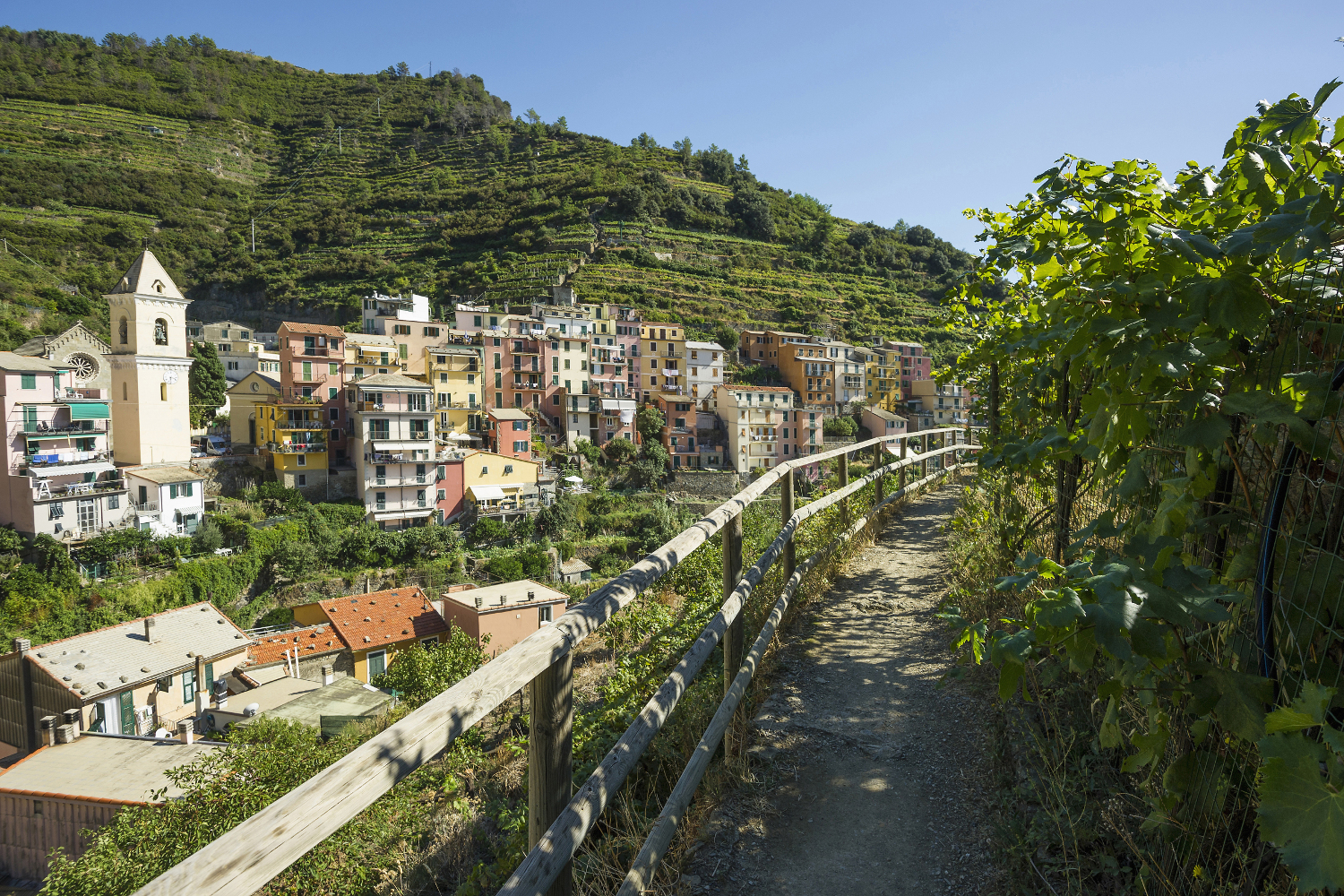
The famed Via dell’Amore between Riomagiorre and Manarola and the Sentiero Azzurro path between Manarola and Corniglia are currently closed and will remain so until at least 2017. The alternative trail between Riomagiorre and Manarola via Beccara takes an hour and does not require hiking experience (though with over 600 steps, you’ll need to be agile). Only very experienced and well-equipped hikers should attempt the current alternative route from Manarola to Corniglia via Volastra.
The Sentiero Rosso
Experienced walkers will find it hard to resist the lure of this legendary trail, also known as the Red or High Trail and marked No 1 on maps. Allow between nine and 12 hours to complete the 35km route, which runs from Porto Venere to Levanto, forming an arc high above the Cinque Terre villages. It’s mainly flat and tree-covered, with plenty of welcoming bars and restaurants along the way, but its length and various challenges mean it’s far less populated than the Azzuro.
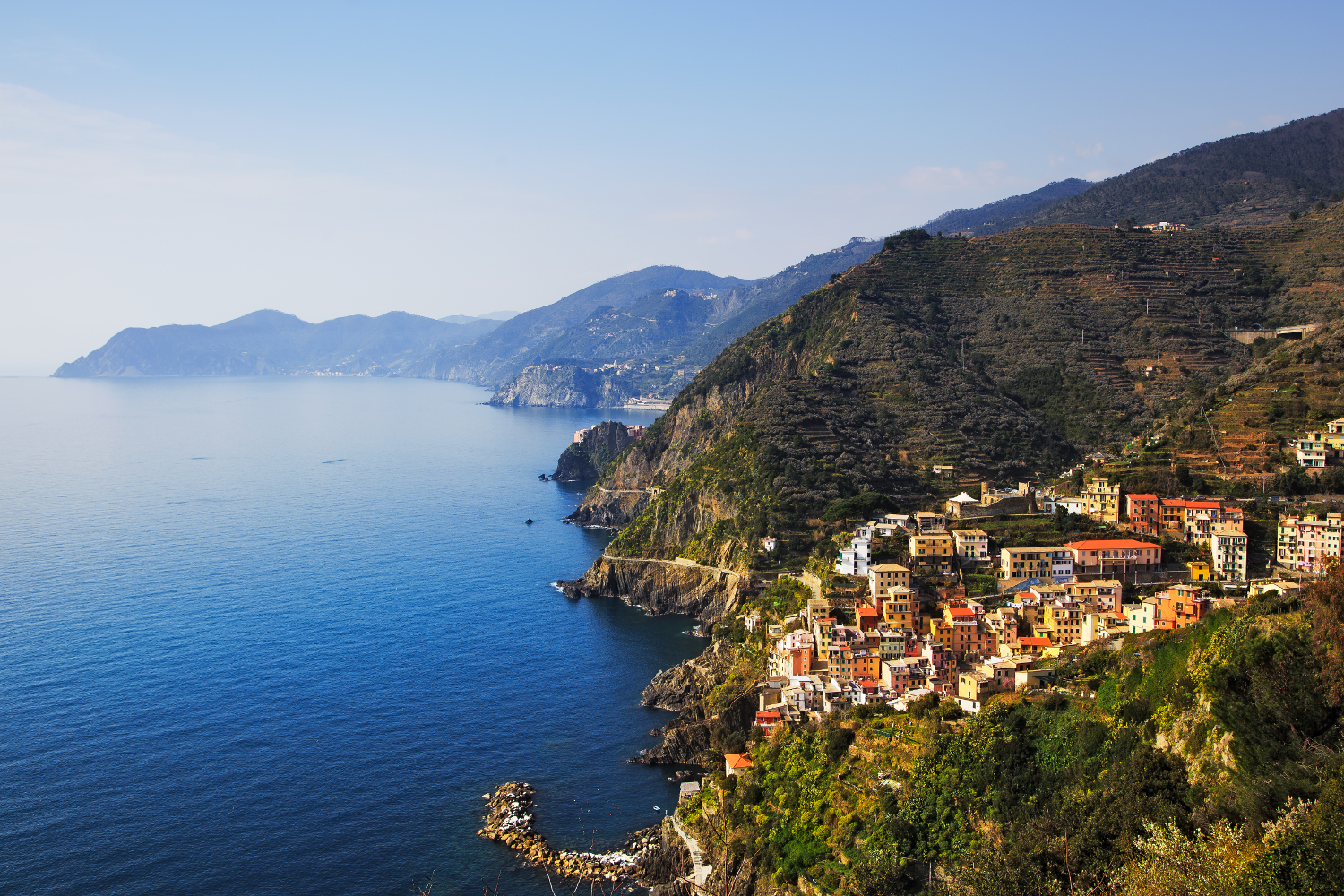
Sanctuary walks
Each of the Cinque Terre’s villages is associated with a sanctuary perched high on the cliff-sides overlooking the sea. Reaching these ancient religious retreats used to be part of a hefty Catholic penance, but these days the walks through terraced vineyards with spectacular views are a lot less onerous. Most of these walks are easy, if steep, and take between 20 minutes and three hours one way.